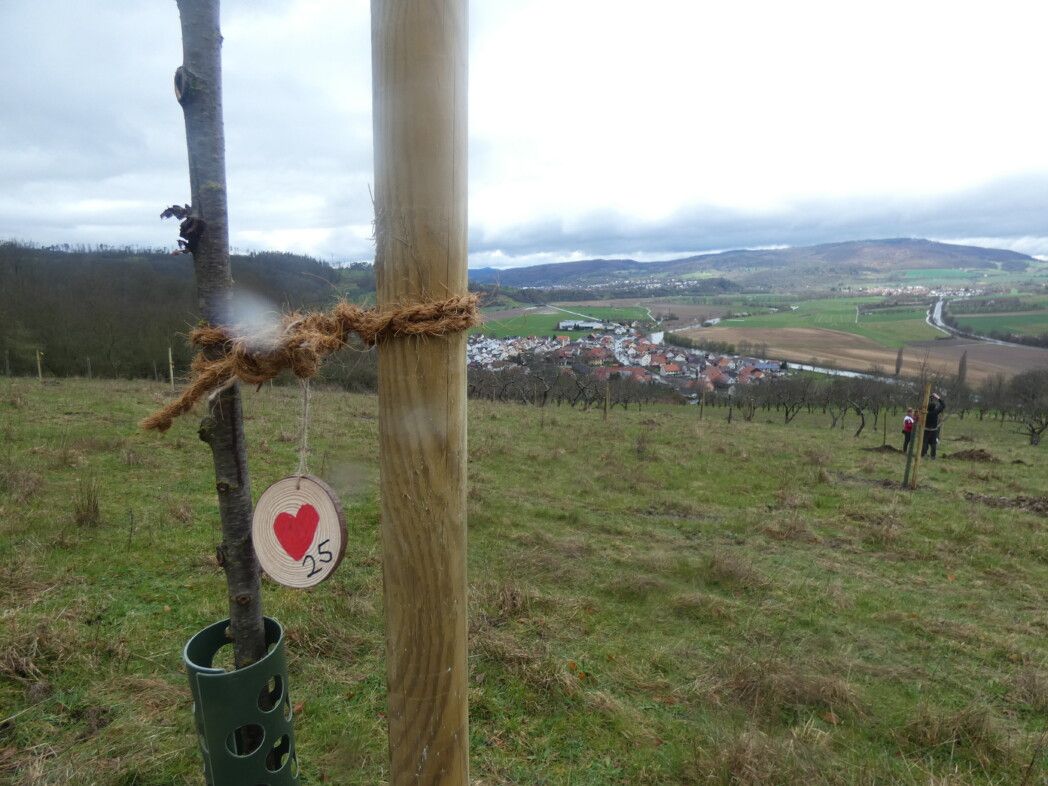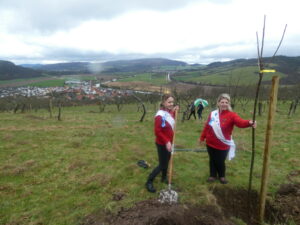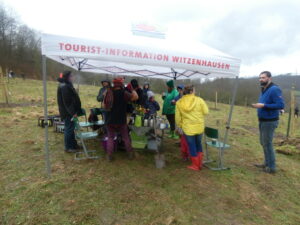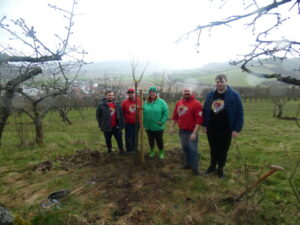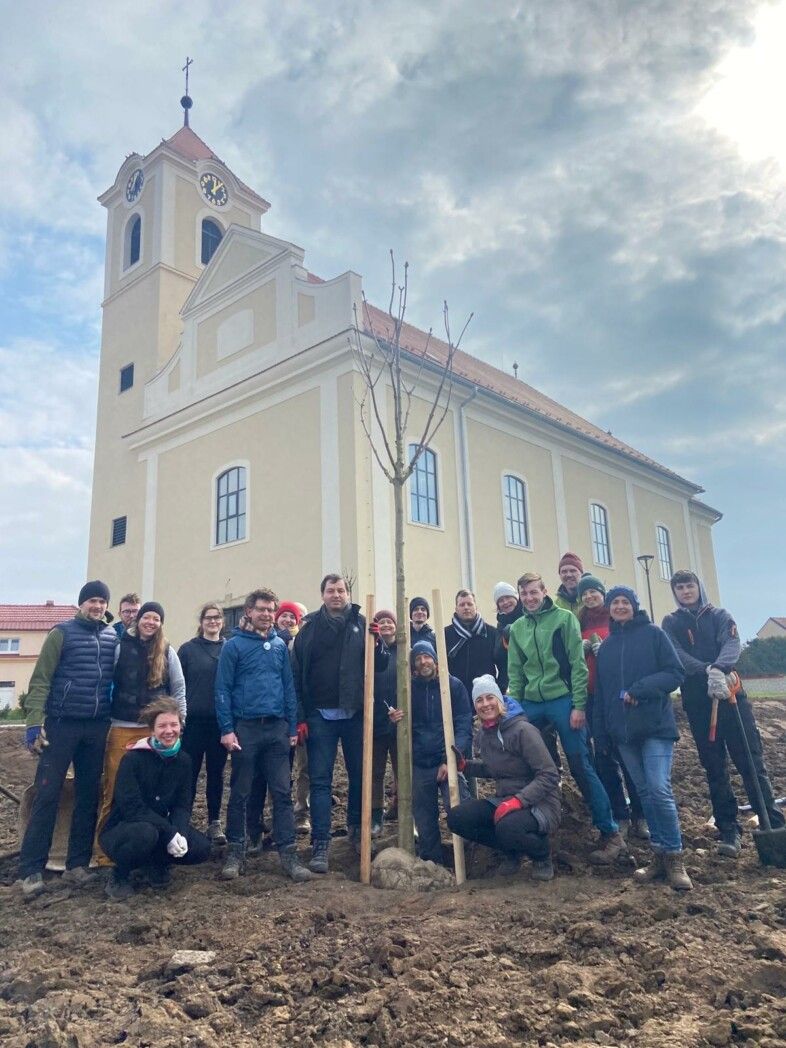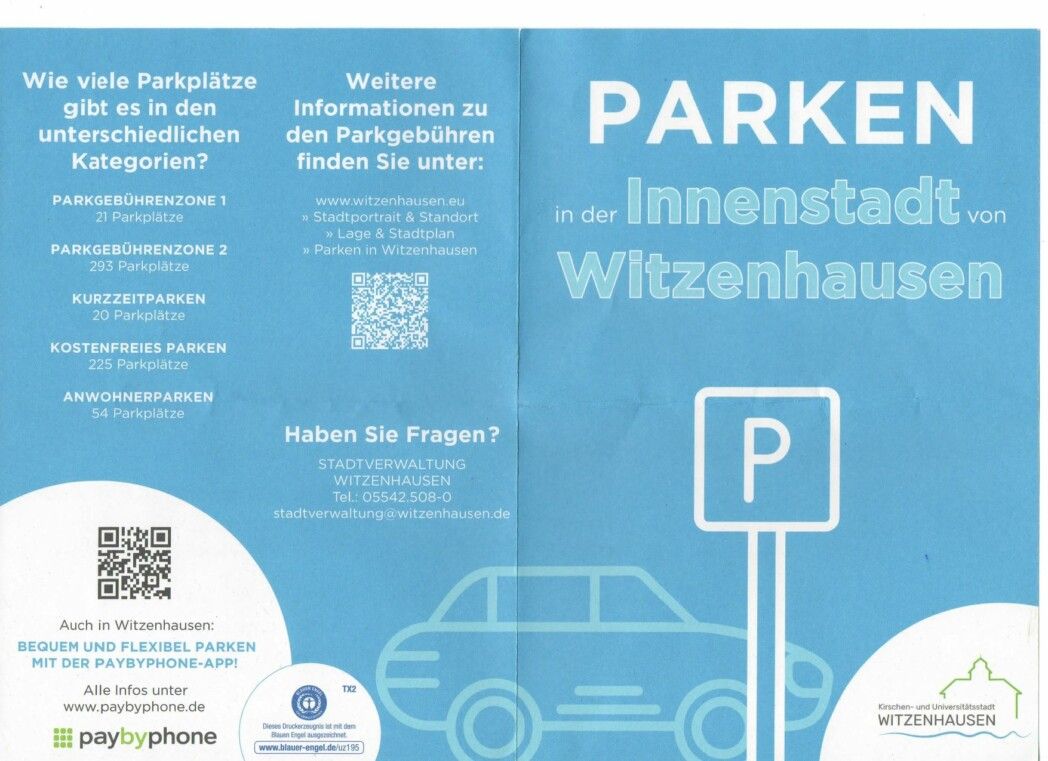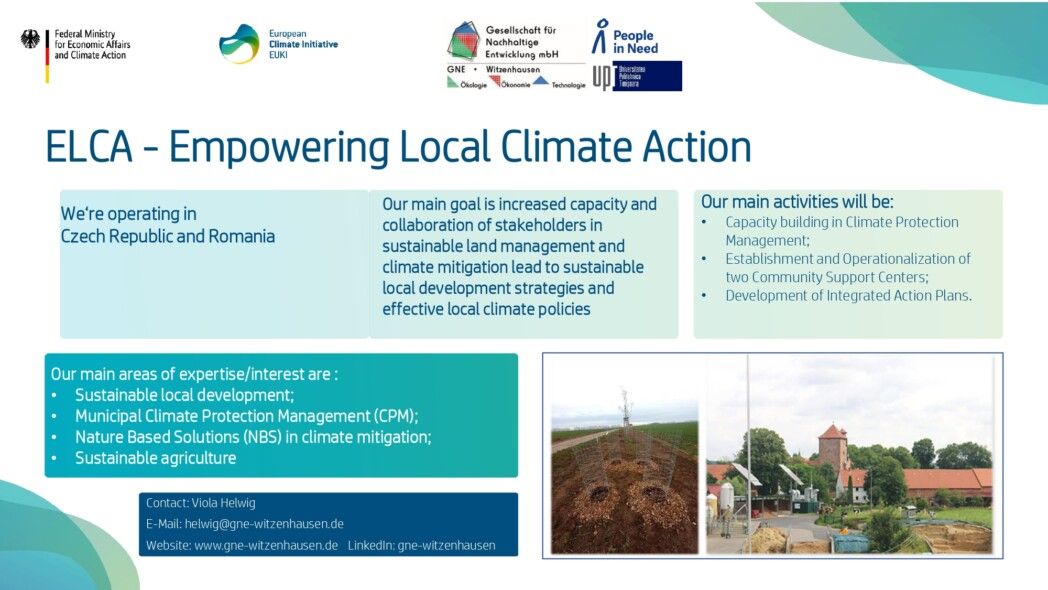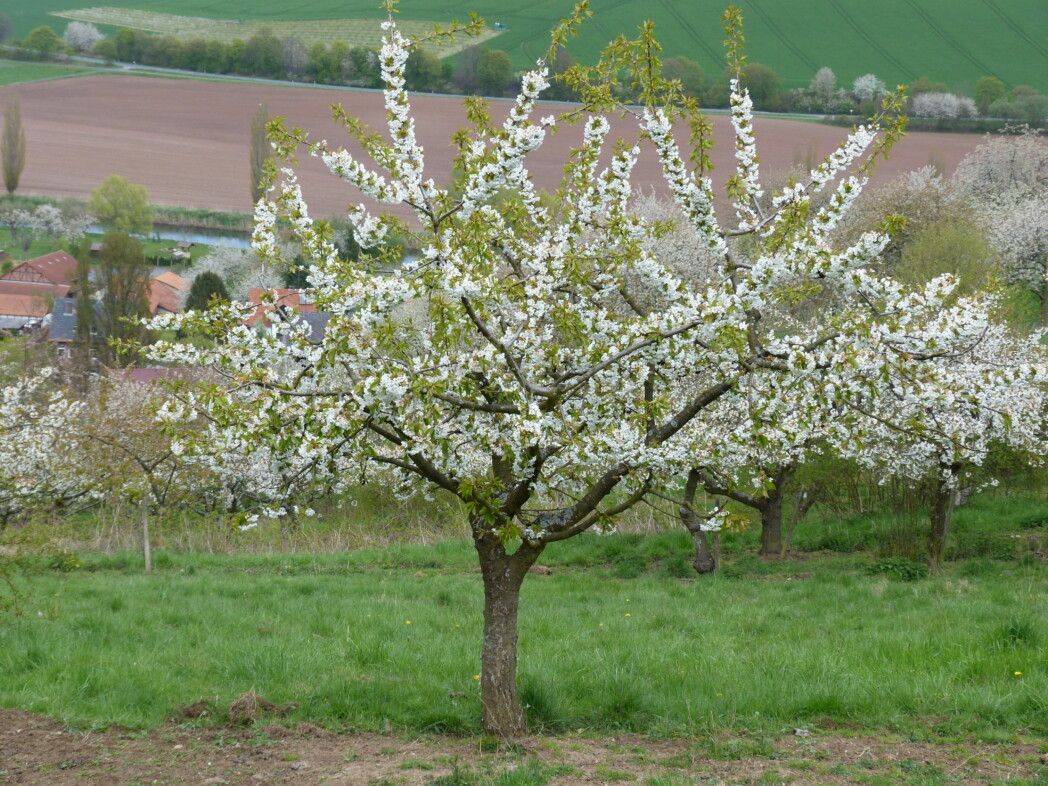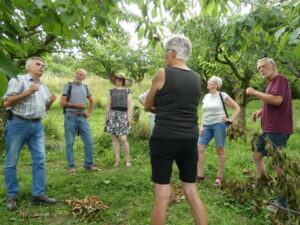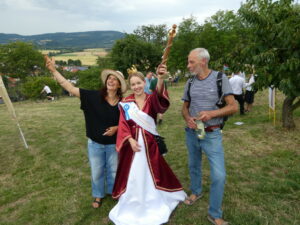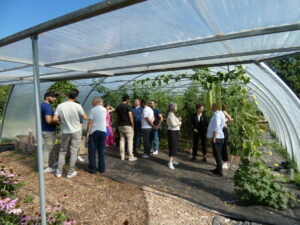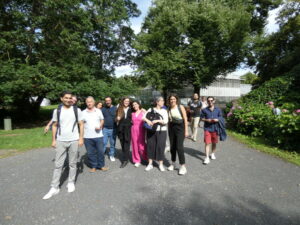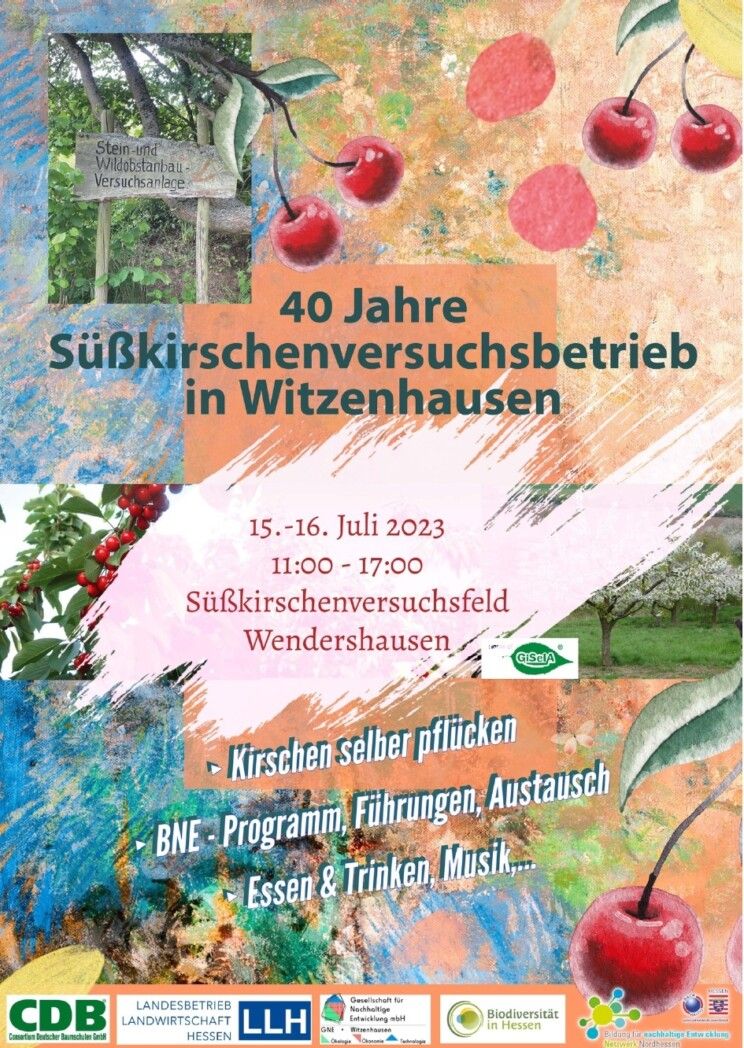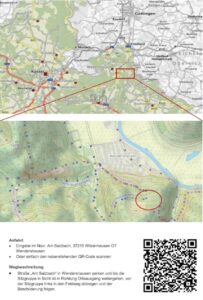+++ Online-Infoabend am 25. Januar zur Weiterbildung „Innovationsmanagement Energie“ (IME) +++
Gerne machen wir Sie auf die kompakte berufsbegleitende Weiterbildung zur/zum „Qualifizierte:r Innovationsmanager:in für Energiesysteme“ aufmerksam.
Das Programm startet am 14. März 2024 und dauert 3 Monate. Interessierte sind herzlich zu einer Online-Infoveranstaltung am 25. Januar um 17 Uhr ein geladen.
Zur Anmeldung klicken Sie hier.
Die Einwahldaten für die Online-Infoveranstaltung erhalten Sie vor Beginn von der Management School der Universität Kassel.
Download Faltblatt
Lehrinhalte und Termine
Statements Teilnehmer/innen und Dozent/innen
Flyer Weiterbildung IME_2024
Fach- und Führungskräfte lernen in drei Monaten, wie sich Unternehmen für die klimaneutrale Energieversorgung der Zukunft rüsten. Die berufsbegleitende Weiterbildung vermittelt Schlüssel- und Fachkompetenzen, um zukunftsfähige und wertsteigernde Produkte, Prozesse und Energiesysteme zu entwickeln und erfolgreich zu implementieren.
Das Besondere am Zertifikatsprogramm „Innovationsmanagement Energie“ (IME) ist, dass sowohl Lösungskompetenzen wie Innovations- und Changemanagement mit Blick auf die neue Energiewelt vermittelt werden, als auch Fachkompetenzen zu Energiesystemen und Energiewirtschaft. Innovationsthemen von Teilnehmenden werden aufgegriffen und als Fallstudien in Kleingruppen bearbeitet.
Nach Abschluss des Programms erhalten die Absolventinnen und Absolventen das Zertifikat „Qualifizierte:r Innovationsmanager:in für Energiesysteme“ sowie ein Zeugnis der Uni Kassel über 10 Credits (ECTS). IHK und dena erkennen die Weiterbildung an.
Teilnehmende erlernen neue komplexe Herausforderungen zu meistern – in einer Welt, in der Energieversorgung und Klimaschutz neu gedacht werden, die Digitalisierung Einzug hält, Branchengrenzen verschwimmen und Geschäftsmodelle sich verändern. Dieser fundamentale Wandel ist mit Chancen und Risiken verbunden – sowohl für etablierte als auch junge Unternehmen, innerhalb und außerhalb der klassischen Energiewirtschaft.
Frühbucher:innen, die bis zum 31.01.2024 verbindlich buchen, erhalten einen Nachlass.
Weitere Infomationen:
https://www.unikims.de/IME
Bei organisatorischen Fragen steht die Ansprechpartnerin der Management School der Universität Kassel, Daniela Kalinna zur Verfügung: kalinna@unikims.de. Inhaltliche Fragen beantwortet gerne Dirk Filzek vom House of Energy e.V., d.filzek@house-of-energy.org.
- A. Dipl.-Landsch.ökologe Dirk Filzek
Bereich Wissenstransfer
House of Energy e.V.
Universitätsplatz 12 | 34127 Kassel | Germany
Tel.: +49 (0)561 / 5100 5332
d.filzek@house-of-energy.org
www.house-of-energy.org
Bleiben Sie informiert und melden Sie sich für unseren Newsletter an
oder folgen Sie uns auf Twitter und LinkedIn.
Datenschutz-Pflichtinformation
Veranstaltungen Aus- und Weiterbildung
Startups Mediathek Terminkalender
Gefördert durch
Registergericht: Amtsgericht Kassel, VR 5251
Vertretungsberechtiger Vorstand: Staatssekretär Jens Deutschendorf (Vorsitz),
Dr. Marie-Luise Wolff und Prof. Dr. Rolf-Dieter Postlep

